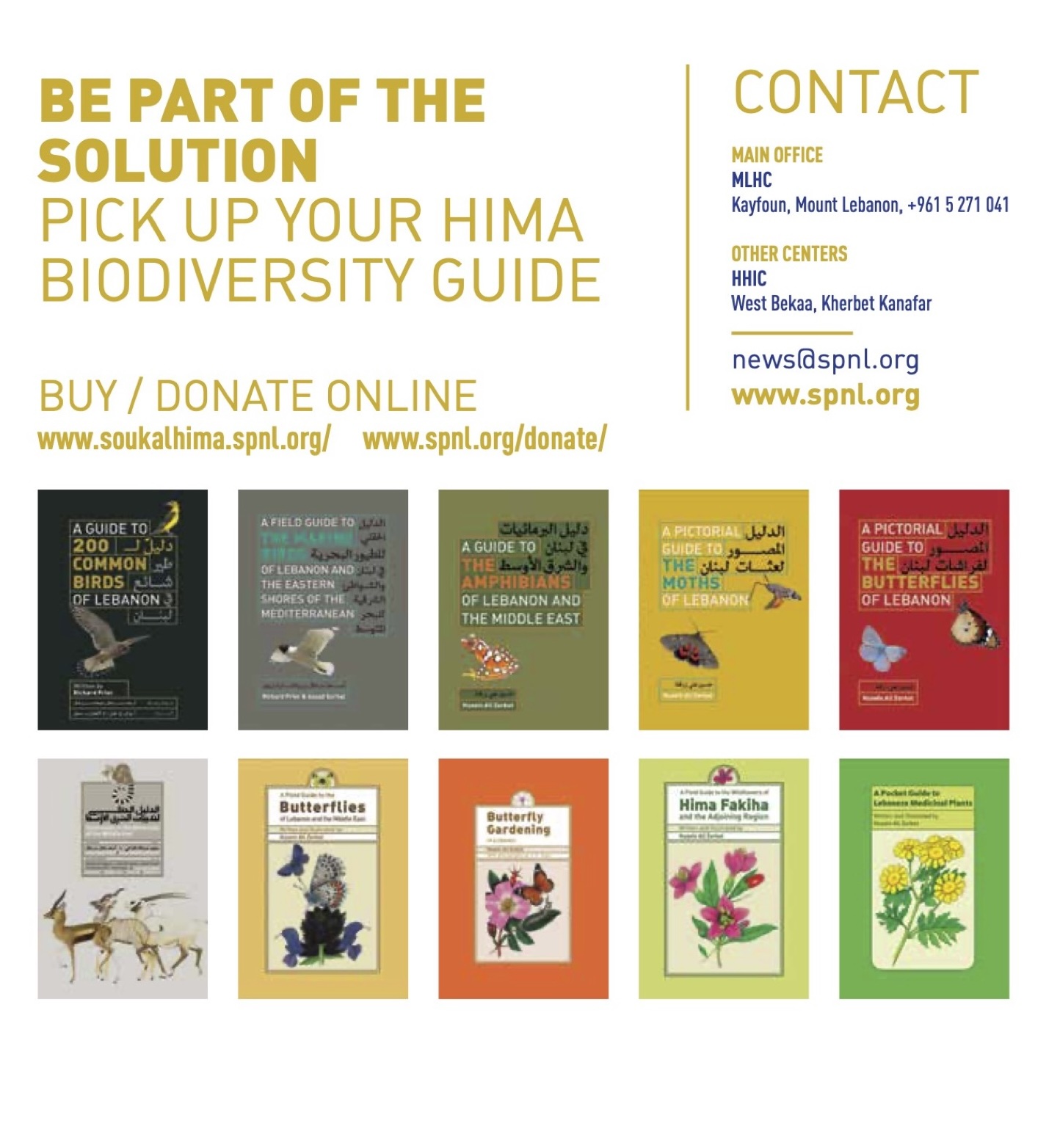
If it weren’t for passionate people, this would be a dull world indeed.
Peter Cavanagh, of Lopez Island, certainly qualifies in the passionate category, having taken 600,000 photos in the past 13 years of birds all over the world, from Botswana to the Galápagos Islands.
You could trim that 600,000 figure because to catch the birds just right he uses a high-speed mode on his cameras. That still means he’s nearly filled up a 20 terabyte hard drive (“tera” stands for trillion), with three more such drives he keeps for backup at different locations.
Cavanagh, 73, is a retired professor in the University of Washington orthopaedics and sports medicine department. He minored in math and is an instrument-rated pilot. His photos mostly capture birds in flight, not on a perch.
That’s the fascination: grace layered over complexity.
“I have a sense of wonder at flight because it is the most highly complex form of locomotion in the entire animal kingdom,” says Cavanagh. “Humans have spent more than six centuries trying to emulate bird flight but have still not produced flying machines with all of the complexity, flexibility and performance that is commonplace for birds.”










